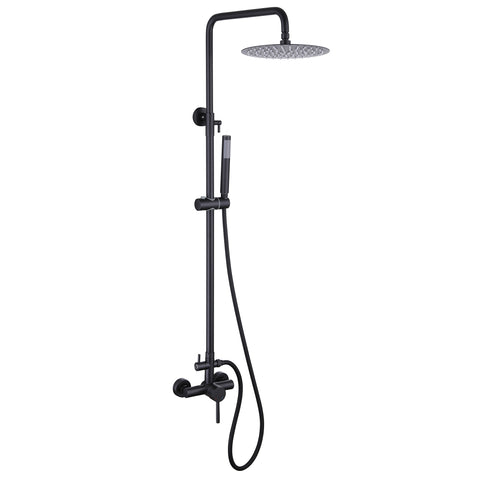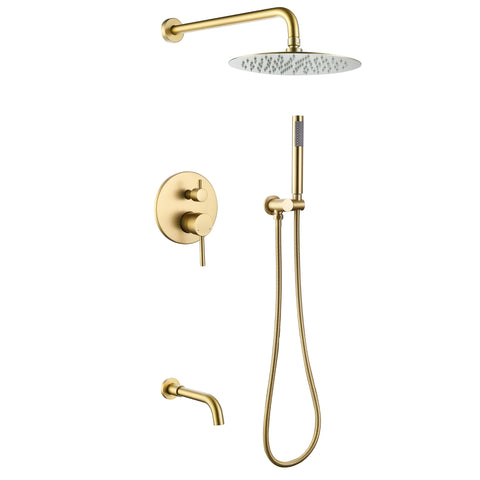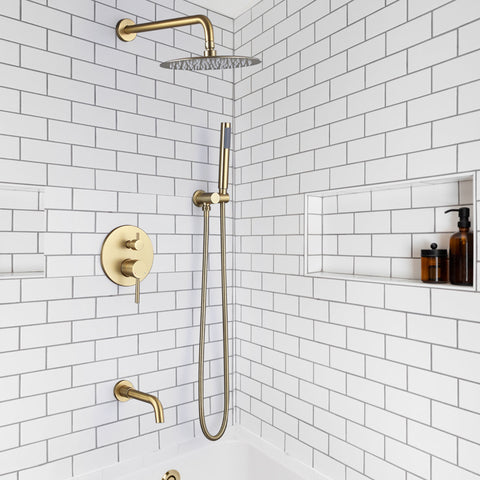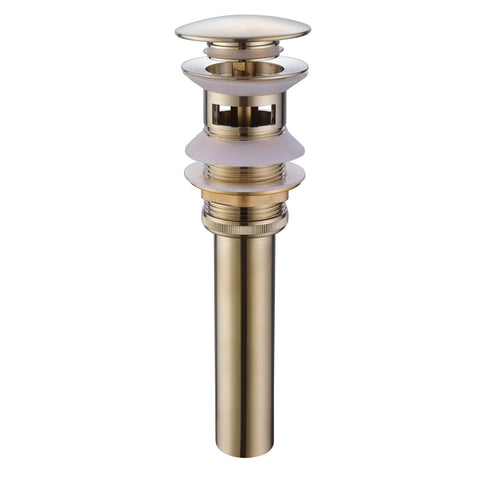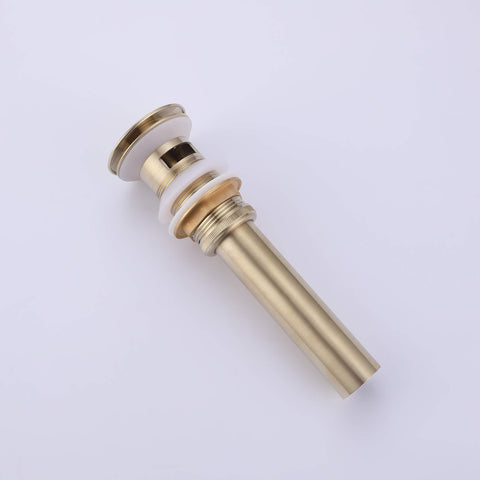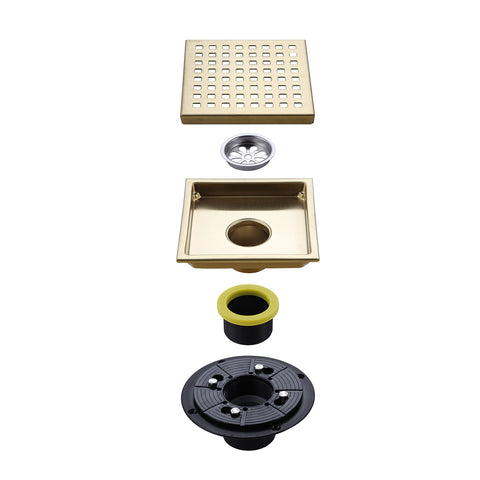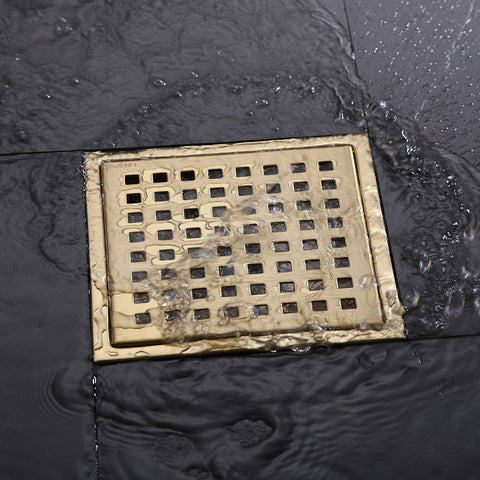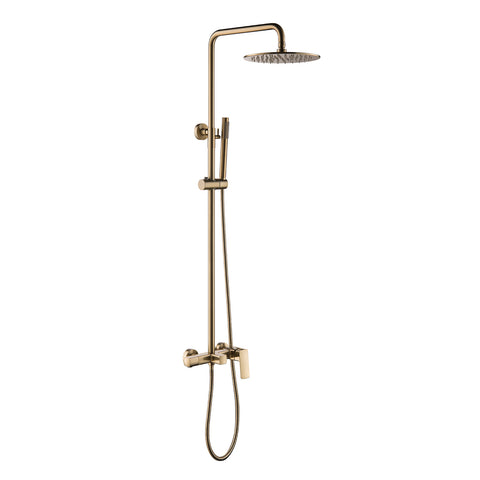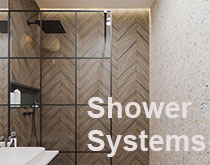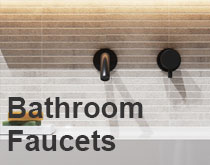Principle and Types of Sensor Faucets: A Step towards Modern Hygiene
In recent years, technology has penetrated every aspect of our lives — including our homes. One such innovation that has revolutionized the way we interact with daily appliances is the sensor faucet. These touchless marvels have gained popularity for their convenience, water-saving performance, and hygienic benefits. In this blog, we’ll explore how sensor faucets work, their main types, and why they’re a smart addition to modern homes and commercial spaces.
I. The Principles Behind Sensor Faucets
Sensor faucets work using smart and efficient technologies that eliminate the need for physical contact:
- Proximity Sensing: Infrared sensors detect motion near the faucet. When your hands approach, water flows automatically, making operation completely touchless.
- Temperature Control: Many models feature built-in temperature adjustment systems that allow users to control the heat level without knobs or levers.
- Automatic Shut-off: When the sensor no longer detects movement, the faucet turns off automatically — helping prevent water waste.
II. Types of Sensor Faucets
Sensor faucets come in a wide range of designs and configurations. Here are the most common types:
- Bathroom Sensor Faucets: Popular in homes and public restrooms for promoting hygiene without touching handles.
- Kitchen Sensor Faucets: Ideal for hands-free cooking, dishwashing, and reducing mess in busy kitchens.
- Commercial Sensor Faucets: Designed for high-traffic areas like airports, restaurants, and hospitals — combining durability with hygiene.
- Wall-Mounted Sensor Faucets: Minimalist and modern, these are installed directly into the wall to save countertop space.
- Deck-Mounted Sensor Faucets: Installed on the sink deck, offering a sleek profile and easy installation in kitchens and bathrooms.
- Battery-Powered Sensor Faucets: Great for flexible installation without wiring — especially in older homes or areas without electrical access.
- AC-Powered Sensor Faucets: Preferred in commercial spaces for continuous power supply and reliability.
III. Benefits of Sensor Faucets
Installing a sensor faucet provides many practical advantages that enhance both usability and sustainability:
- Enhanced Hygiene: Touchless operation reduces the spread of bacteria, viruses, and germs — ideal for households with kids or elderly family members.
- Water Conservation: Automatic shut-off prevents accidental overuse, saving both water and money.
- Convenience: Perfect for multitasking in the kitchen or bathroom when hands are dirty or full.
- Modern Aesthetics: Sensor faucets add a futuristic and clean appearance to any space — elevating home and commercial interiors alike.
Conclusion
Sensor faucets are more than just a high-tech trend — they represent a smarter, cleaner, and more efficient way to interact with one of the most used fixtures in any space. Whether you're upgrading your kitchen or outfitting a modern commercial washroom, a touchless kitchen faucet is a step forward in both convenience and hygiene. Embrace the future of water delivery — hands-free, smart, and sustainable.
